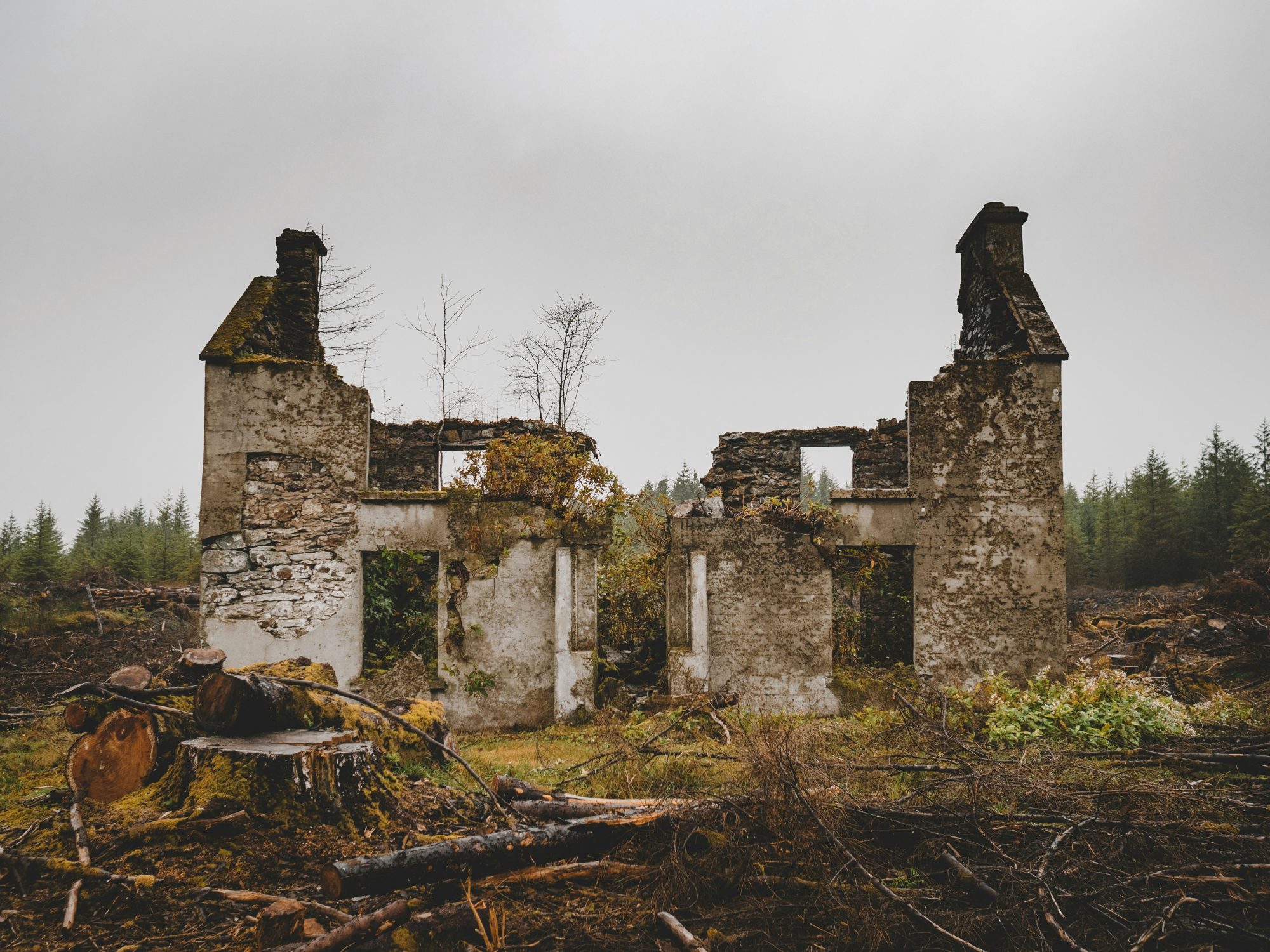That’s a huge milestone—congrats on getting your planning approved! 🎉 Now you’re onto the next big phase: securing that grant funding.
The Vacant Property Refurbishment Grant (and any add-ons like the SEAI Home Energy grants) can make a big difference, but the process can be paperwork-heavy and a bit of a maze if you’re not ready for it.
Congratulations on taking the next step in bringing your vacant or derelict property back to life! At Summit Matters, we know how much work goes into managing a home restoration—and we’re here to help make the grant process smoother, clearer, and more successful.
Here’s a practical guide with key tips and things to watch out for as you dive into the grant application stage:
🧾 1. Have Your Documents Ready Before You Apply
The local authority will want a full pack of supporting docs, so get these lined up:
✅ Proof of ownership or legal interest (title deeds, contract for sale, etc.)
✅ Planning permission (which you now have – nice!)
✅ A detailed scope of works and cost estimate
✅ Your tax clearance
✅ A BER (Building Energy Rating) assessment if you’re combining with SEAI works
✅ Photos of the current condition (inside and out)
✅ Contractor quotes (from tax-compliant, registered trades)
💡 Bonus Tip: Get written, itemised quotes from all contractors. This helps with drawdowns later when the local authority checks if costs are eligible.
🧱 2. Understand What’s Eligible and What’s Not
The grant covers works that make the property habitable, like:
-
Structural repairs
-
Windows and doors
-
Insulation and damp-proofing
-
Heating systems
-
Electrical and plumbing upgrades
-
Energy improvements (some can overlap with SEAI)
🚫 It doesn’t cover:
-
Decorative works (painting, tiling, kitchen units, landscaping)
-
Extensions (only repairs to the original building qualify)
💶 3. You Can Combine It with SEAI Grants – But Be Careful
If you’re planning external insulation, heating upgrades, or renewables like solar, check with SEAI first—some items can’t be double-claimed across both grants.
🔌 Top Tip: Work with a registered SEAI contractor for anything energy-related. SEAI has strict requirements, and they won’t process retroactive claims if works are already underway.
📆 4. Get Your Application in Early – and Be Patient
Some local authorities move faster than others, but it’s not unusual to wait 6–8 weeks or more for approval. You can’t start works until your grant is approved—or you risk losing funding.
🛑 Don’t jump the gun—keep everything above board until you get written confirmation.
🧾 5. Organise Your Drawdowns as You Go
The grant is usually paid in stages or as a lump sum at the end—but you need proof:
-
Before & after photos
-
Receipts & invoices that match the approved scope
-
Proof of payments (bank statements, not cash!)
-
Updated BER (if energy works are involved)
Summit Matters can help clients with documenting and tracking progress, if needed—just shout.
👷♀️ 6. Choose Contractors Carefully
To be eligible:
-
They must be tax-compliant
-
You’ll need their tax clearance details
-
Get references, insurance certs, and Safe Pass copies up front
🛠️ If you’re feeling overwhelmed, we offer contractor vetting and documentation support to help ease the admin load.
✅ Quick Checklist:
-
Planning permission approved ✅
-
Proof of ownership ready
-
Scope of works + quotes collected
-
Tax clearance in order
-
BER assessment booked or done
-
Contractors tax-compliant
-
SEAI grants considered (if relevant)
-
Application complete and submitted BEFORE works start
📞 Need Help?
At Summit Matters, we’ve supported clients through this process. If you’d like help with:
-
Scope & quote preparation
-
BER and SEAI advice
-
Application form support
-
Drawdown organisation
-
Contractor verification
We’re here. Drop us a line and we’ll guide you through each step, without the stress.

